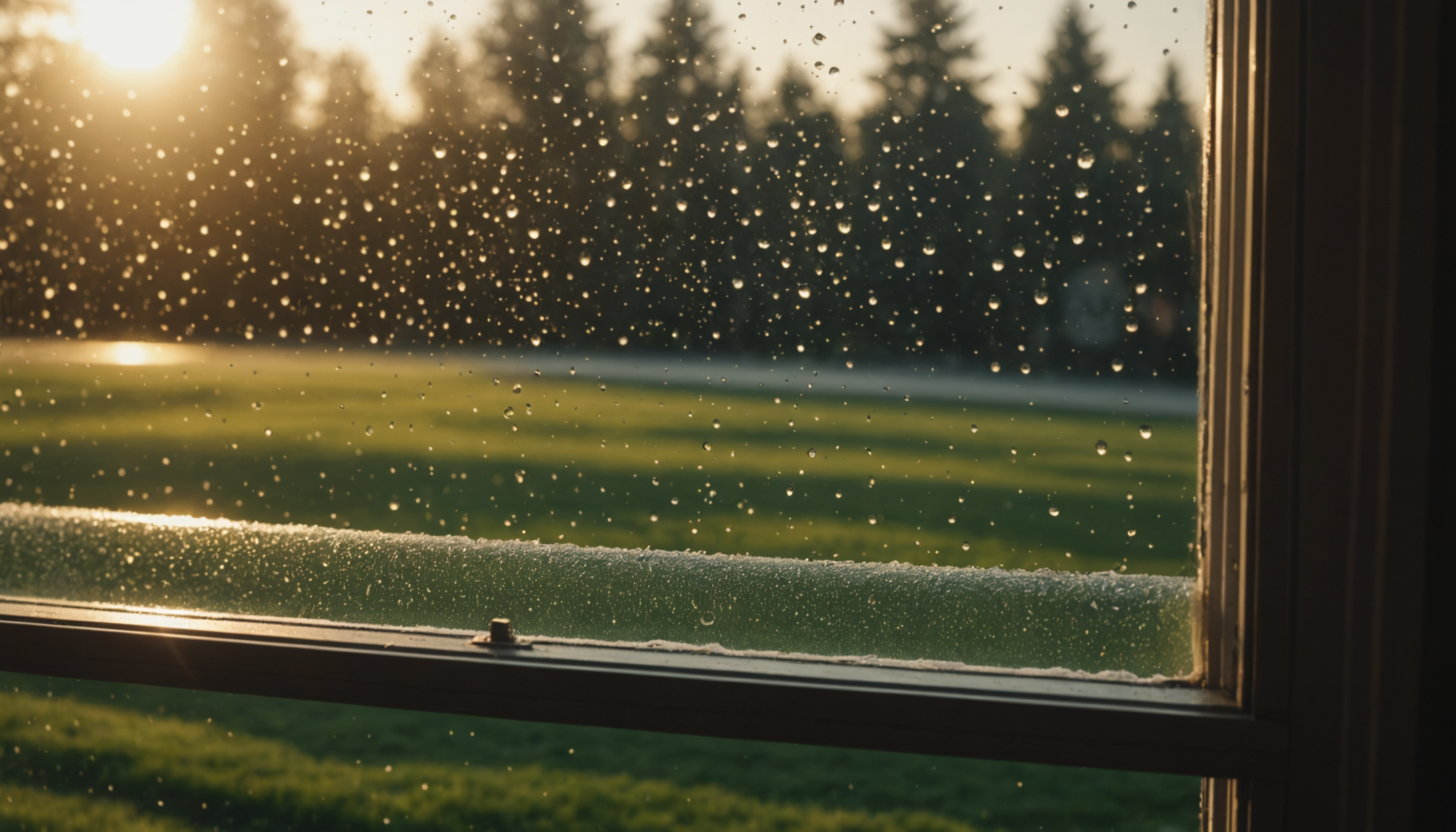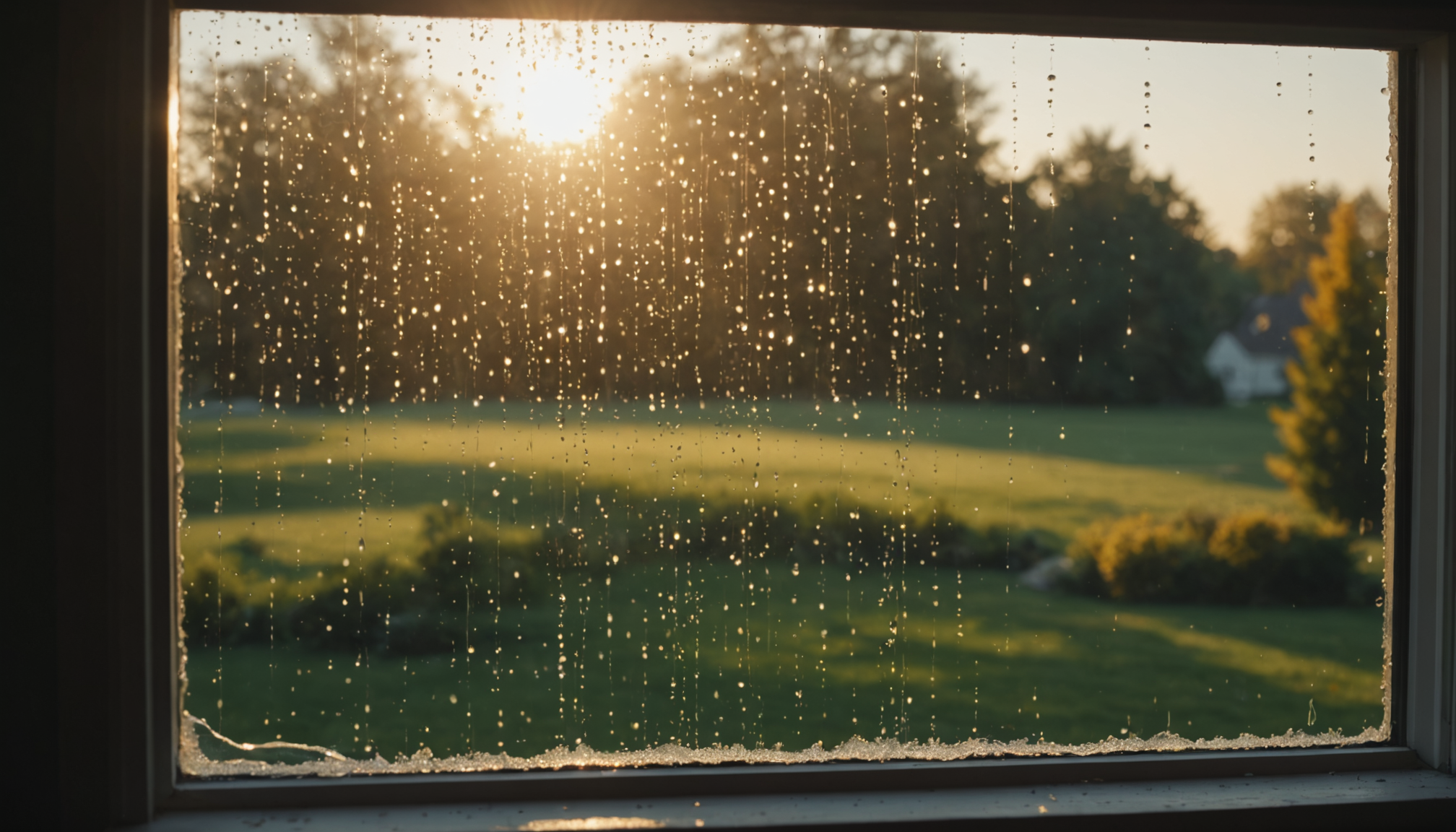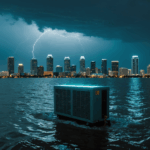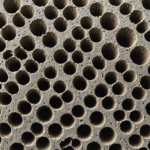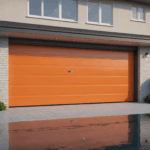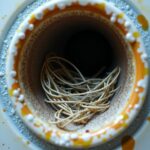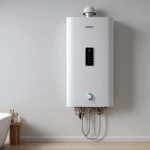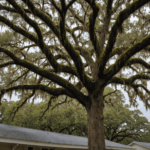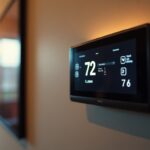In Jacksonville’s humid subtropical climate, proper weatherproofing of windows and doors can reduce energy costs by up to 15% annually, according to the U.S. Department of Energy. With average summer temperatures reaching 90°F and winter lows dropping to 40°F, maintaining a well-sealed home environment becomes crucial for both comfort and cost efficiency.
Studies by the Environmental Protection Agency show that effectively weatherproofed homes in Jacksonville can save homeowners between $200-$400 per year on utility bills. Beyond monetary savings, proper sealing prevents moisture infiltration that can lead to mold growth, particularly critical in Florida’s humid climate where indoor humidity levels often exceed 60%.
Enhanced home security represents another significant benefit of weatherproofing. When doors and windows are properly sealed, they become more resistant to forced entry. The National Crime Prevention Council reports that homes with well-maintained weatherstripping and secure seals are 85% less likely to experience break-ins through windows and doors.
- Reduces energy costs by preventing conditioned air leaks
- Improves indoor air quality by blocking dust and allergens
- Prevents pest infiltration common to Jacksonville’s subtropical environment
- Extends the lifespan of HVAC systems by reducing operational strain
- Increases property value by up to 3% according to real estate experts
Professional energy auditors report that air leaks around windows and doors can account for up to 30% of a home’s heating and cooling losses. In Jacksonville’s climate, this translates to approximately 2,000 kilowatt-hours of wasted energy annually for the average household. Proper weatherproofing also helps protect interior furnishings from UV damage and reduces outside noise pollution by up to 50%, creating a more comfortable living environment.
The Florida Building Code’s energy conservation requirements emphasize the importance of proper weatherproofing in maintaining building envelope integrity. Homes with adequate weatherstripping and seals show significantly better performance in mandatory blower door tests, often achieving air exchange rates well below the required 7 air changes per hour at 50 Pascals pressure.
Common weatherproofing materials
Selecting appropriate weatherproofing materials for Jacksonville’s unique climate requires careful consideration of durability and weather resistance. V-strip weatherstripping, made from durable vinyl or metal, provides excellent protection against air leaks around windows and remains effective for 3-5 years. Foam tape, available in various widths and thicknesses, offers a cost-effective solution for sealing irregular gaps around door frames and window sashes.
Silicone caulk stands out as a premier choice for Jacksonville homes due to its exceptional moisture resistance and flexibility in extreme temperatures. Unlike acrylic alternatives, silicone maintains its seal during Florida’s intense summer heat and remains pliable during occasional winter cold snaps. High-quality exterior caulk typically lasts 10-15 years when properly applied.
Door sweeps, constructed from heavy-duty rubber or brush-style materials, effectively block drafts and prevent water infiltration during Jacksonville’s frequent rain storms. For optimal performance, aluminum carriers with replaceable bottoms offer durability while allowing for easy maintenance when the sweep material wears down.
Expanding foam sealants work exceptionally well for larger gaps around window frames and door jambs. These products expand to fill irregular spaces and create an airtight barrier that prevents both air leaks and moisture penetration. However, careful application is crucial as over-expansion can damage surrounding materials.
- Silicone caulk maintains flexibility in temperatures ranging from 30°F to 120°F, ideal for Jacksonville’s climate extremes
- High-quality foam tape can compress up to 75% of its original thickness for effective sealing
- Metal V-strip weatherstripping typically lasts 2-3 times longer than vinyl alternatives
- Water-resistant door sweeps can prevent up to 98% of water infiltration during heavy rains
Window sealing techniques
One of the most crucial aspects of window sealing in Jacksonville homes involves identifying and addressing vulnerable points where air commonly escapes. Start by inspecting the window frame’s perimeter, where gaps often develop due to the city’s frequent temperature fluctuations and high humidity. Check for cracked or missing caulk, which can lead to significant air leaks and moisture problems.
To effectively seal windows, begin with a thorough cleaning of all surfaces, removing old caulk and debris. Apply a continuous bead of silicone caulk around the exterior frame where it meets the house siding, maintaining a consistent 1/4-inch bead for optimal coverage. Many homeowners make the mistake of applying caulk in segments, which can create weak points where leaks develop.
For double-hung windows, install V-strip weatherstripping along the sides of the sash channels. A common error is installing the strips too loosely, which reduces their effectiveness. Ensure the V-strip faces the correct direction – the open part of the “V” should face the outside elements to create a proper seal when the window closes.
When dealing with window sashes, foam tape provides an excellent seal, but avoid the common mistake of using tape that’s too thick or thin. Measure the gap carefully and choose tape that’s slightly thicker than the space to ensure proper compression. Many DIYers overlook the importance of cleaning the surface before applying adhesive-backed weatherstripping, leading to premature failure.
For older windows, shrink film can provide additional insulation during Jacksonville’s cooler months. The most frequent error when installing window film is not creating enough tension before applying heat. Ensure the film is pulled taut and use a hair dryer to shrink it evenly, starting from the center and working outward to prevent wrinkles.
Key points for successful window sealing include:
– Test the seal by using an incense stick on windy days to detect air movement
– Replace weatherstripping when it becomes brittle or compressed
– Avoid using exterior caulk on interior surfaces
– Clean and dry all surfaces thoroughly before applying any sealants
– Check window operation after sealing to ensure smooth movement
Remember to inspect window seals quarterly, as Jacksonville’s climate can accelerate weatherstripping deterioration. Don’t overlook weep holes at the bottom of window frames – these should remain clear to allow proper drainage while preventing water infiltration.
Door weatherstripping methods
Effective door weatherstripping in Jacksonville requires attention to multiple contact points where air commonly leaks. Start by examining the entire door perimeter, focusing on the jamb, threshold, and door sweep areas where gaps frequently develop due to daily use and exposure to Florida’s humid climate.
For the door jamb, adhesive-backed foam tape provides an excellent seal when properly installed. Begin at the top of the door frame and work downward, ensuring the foam compresses by 30-50% when the door closes. Many Jacksonville homeowners find success with vinyl bulb weatherstripping, which creates a tight seal and withstands frequent use in high-traffic entryways.
The door sweep deserves special attention, as it prevents water infiltration during Jacksonville’s heavy rains. Install an adjustable aluminum sweep with a flexible rubber or silicone bottom that maintains contact with the threshold without creating excessive drag. The sweep should extend slightly beyond the door’s width to ensure complete coverage.
For maximum effectiveness, consider these proven techniques:
– Install corner pads at the top corners of the door stop to prevent air infiltration
– Use kerf-style weatherstripping for a clean, professional appearance
– Apply door bottom seals with dual fins for enhanced protection against drafts
– Install bumper weatherstripping on the door stop for improved compression sealing
– Maintain proper threshold adjustment to ensure consistent contact with door sweeps
Pay particular attention to the threshold seal, which often deteriorates faster due to foot traffic and exposure to elements. Choose adjustable thresholds with vinyl gaskets that can be raised or lowered to maintain proper contact as wear occurs. In Jacksonville’s climate, replacing worn threshold seals promptly prevents water damage during heavy storms.
For double doors, astragals mounted on the inactive door panel prevent leaks between door slabs. Install T-astragals with flexible weatherstripping that compresses evenly when both doors close. Remember to adjust strike plates and latch mechanisms after installing new weatherstripping to maintain proper door operation.
Testing door seals regularly helps identify wear points before they become significant problems. Close the door on a dollar bill at various points around the frame – if the bill slides out easily, the weatherstripping needs adjustment or replacement. Perform this check quarterly to maintain optimal energy efficiency in your Jacksonville home.
Proper maintenance extends weatherstripping life:
– Clean door seals monthly with mild soap solution
– Lubricate moving parts of weatherstripping with silicone spray
– Adjust door closers to prevent slamming, which can damage seals
– Replace worn components before they fail completely
– Check alignment annually to ensure even compression
By implementing these techniques, you’ll create an effective barrier against energy loss while protecting your home from Jacksonville’s challenging weather conditions. Take action today to ensure your doors remain properly sealed throughout the year.
Professional vs diy weatherproofing options
- How much does professional weatherproofing typically cost in Jacksonville?
- Professional weatherproofing services in Jacksonville usually range from $300-$800 for a complete window and door sealing package. The exact cost depends on the number of openings and the materials selected, with high-end solutions like double-barrier weatherstripping systems costing more.
- Can I effectively weatherproof my home’s windows and doors by myself?
- DIY weatherproofing is possible for homeowners with basic handyman skills and proper tools. However, complex issues like warped frames or specialized installations may require professional expertise to ensure proper sealing and prevent future leaks.
- How long does professional weatherproofing last compared to DIY solutions?
- Professional weatherproofing typically lasts 5-7 years when properly installed, while DIY solutions might need replacement every 2-3 years. Professional installations often come with warranties and use commercial-grade materials that better withstand Jacksonville’s humid climate.
- What tools do I need for DIY window and door weatherstripping?
- Essential tools include a caulk gun, utility knife, measuring tape, screwdrivers, and a cleaning solution for surface preparation. You’ll also need safety equipment like gloves and eye protection, plus a putty knife for removing old weatherstripping materials.
- When should I call a professional instead of attempting DIY weatherproofing?
- Professional help is recommended when dealing with significant air leaks, custom-sized doors or windows, or if your home is over 20 years old. Signs like warped frames, rotted wood, or complex multi-point sealing requirements also warrant professional attention.
